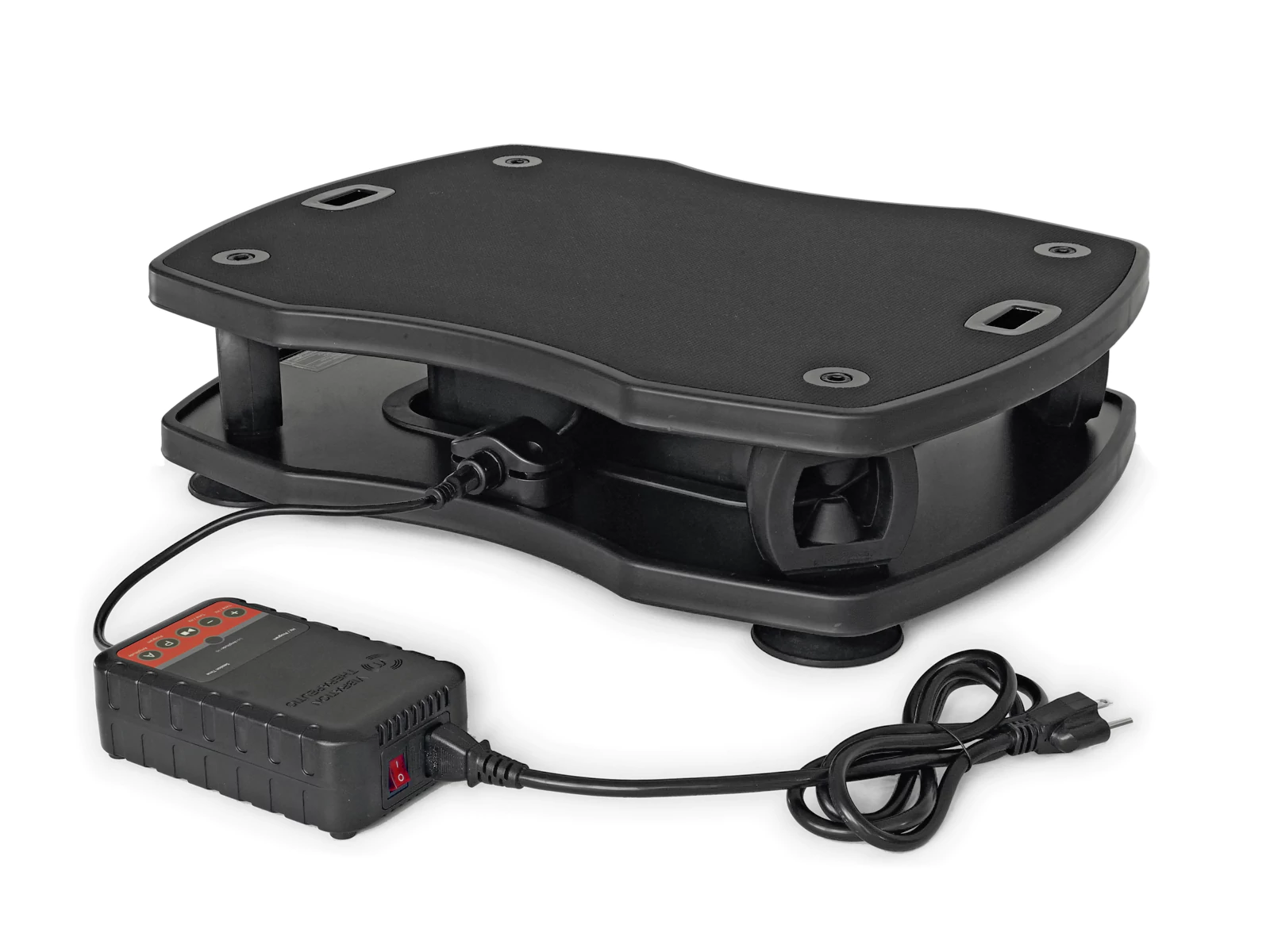- Joined
- Jan 27, 2019
- Messages
- 7,332
- Likes
- 12,292
As per the thread title:
Vibration-damping products have really come to huge prominence in the audiophile community. It's not just Isoacoustics and their competitors in the speaker footer realm. It's everywhere.
There are ever more products - footers, platforms, whole equipment racks - that claim to increase sound quality when you place them under any number of components - amps, preamps, DACs, my god even under power conditioners! And it's all on the pretext that "vibrations in this equipment will have audible consequences, obscuring detail, lowering sound quality. EVERYTHING IS AFFECTED BY VIBRATIONS AND IT'S AUDIBLE!"
Given how prominent this has become in the high end audio world, I'd love to see Amir address these claims in a video.
For instance, here we see Hans Beekhuyzen making some claims about how vibration can affect different types of audio electronics. The "explanations" start at "But Why Isolation" at 3:42 in to the video:
It's one thing for ASR forum members to declare the BS, but it would be great to see @amirm on his much wider youtube platform take on these type of ideas and either explain, or even better with some demonstrations, show why the claims are or are not plausible.
Whaddya think?
Vibration-damping products have really come to huge prominence in the audiophile community. It's not just Isoacoustics and their competitors in the speaker footer realm. It's everywhere.
There are ever more products - footers, platforms, whole equipment racks - that claim to increase sound quality when you place them under any number of components - amps, preamps, DACs, my god even under power conditioners! And it's all on the pretext that "vibrations in this equipment will have audible consequences, obscuring detail, lowering sound quality. EVERYTHING IS AFFECTED BY VIBRATIONS AND IT'S AUDIBLE!"
Given how prominent this has become in the high end audio world, I'd love to see Amir address these claims in a video.
For instance, here we see Hans Beekhuyzen making some claims about how vibration can affect different types of audio electronics. The "explanations" start at "But Why Isolation" at 3:42 in to the video:
It's one thing for ASR forum members to declare the BS, but it would be great to see @amirm on his much wider youtube platform take on these type of ideas and either explain, or even better with some demonstrations, show why the claims are or are not plausible.
Whaddya think?
Last edited:


